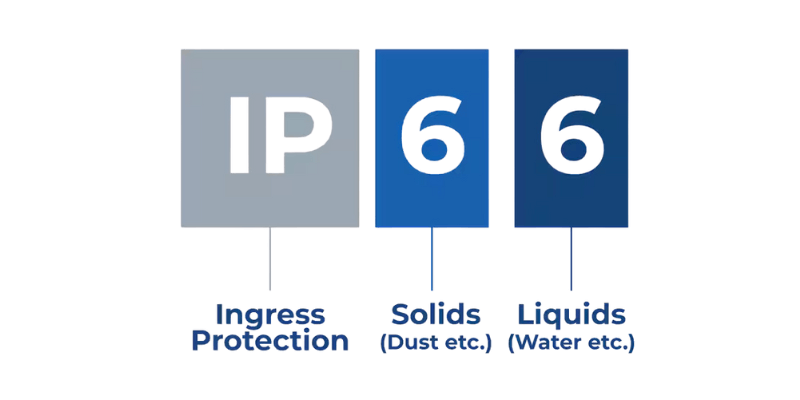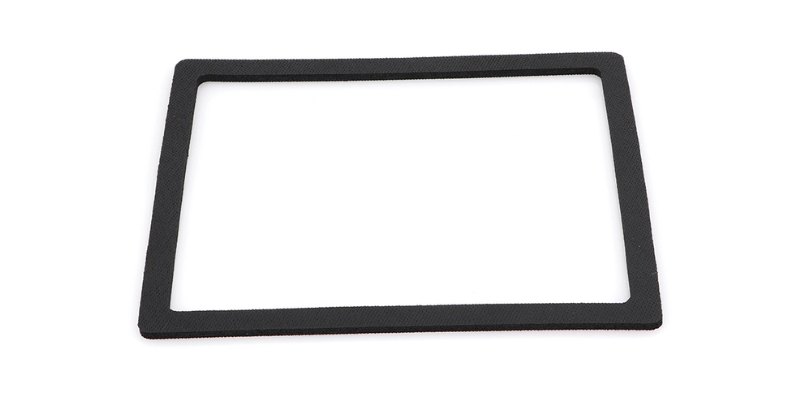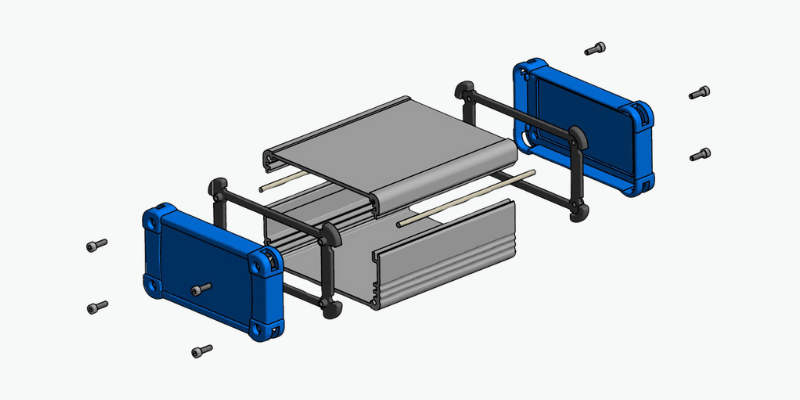Curious about how your phone withstands splashes or how your smartwatch performs during workouts? It’s all about the IP rating.
Today, we will explain IP ratings and provide tips for achieving these standards in your designs.
What Is IP Ratings?
IP ratings indicate how technology protects devices from dust and water.
The Ingress Protection (IP) rating system, defined by the International Electrotechnical Commission (IEC), measures the sealing effectiveness of electrical enclosures.
It consists of two digits following “IP.” The first digit (0-6) shows protection against solid particles, with 0 meaning no protection and 6 being dust-tight. The second digit (0-9) measures liquid defense, from 0 for no protection to 9 for resistance to high-pressure water jets.
Understanding IP ratings involves knowing the differences between levels of protection; for instance, an IP67 rating means complete dust-tightness and temporary immersion in water, while an IP54 rating offers limited dust resistance and splash protection.
Everyday devices like phones often have unadvertised IP ratings; the iPhone 15 has an IP68 rating for submersion up to six meters for thirty minutes while remaining dust-tight. Companies may use terms like “water-resistant” instead of directly stating their actual IP ratings.

What Is IPX Ratings?
An IPX rating measures a device’s water resistance, with “X” indicating no protection against solid particles.
The following number ranges from IPX1 (dripping water) to IPX8 (continuous immersion). For example, an IPX4 rating protects against splashes from any direction, while an IPX7 rating allows temporary submersion up to 1 meter for 30 minutes.
Designing with IP Rating
If you’re designing a product that needs to meet IP standards, ensure you consider and safeguard every possible entry point.
Identifying Leak Areas
Seal all possible entry points for dust and water, including seams, joints, and openings for buttons or ports. Each opening should use a gasket or appropriate IP-rated component.
If you notice leaks at seams or joints, assess whether it resulted from manufacturing flaws, cracks under force, or wear over time. To prevent these issues, choose durable materials and adequate thickness during the design phase.
Using Gaskets for IP Rating
Gaskets are crucial for sealing enclosures to meet IP ratings.
Made from rubber, silicone, or foam, they provide the necessary flexibility and resilience. They should be placed between any two joining parts to ensure a complete seal against water. Also, they must be properly seated with sufficient force during assembly.
Gaskets come in various shapes and sizes, tailored to specific applications. Select materials based on the required deformation and the forces involved.

Choosing IP-Rated Components & Connectors
All components must comply with the desired IP rating; pre-rated options simplify design while ensuring overall protection. Higher-rated components may incur additional costs due to enhanced watertight or dust-tight features.
Ensure correct hole dimensions, including diameter and chamfer, as specified in manufacturer data sheets for proper installation. Poorly sized holes can cause leakage if gaskets are not adequately seated against mating walls.
บทสรุป
Ensuring your product can withstand its environment is important. Understanding IP ratings enhances durability and reassures customers about dust and water protection.
Whether you’re developing smartphones, outdoor lights, or wearables, these tips are essential for creating robust products.
By adopting IP rating principles, designers can craft reliable gear that performs well in any setting. Remember, an IP rating is more than just a number!

